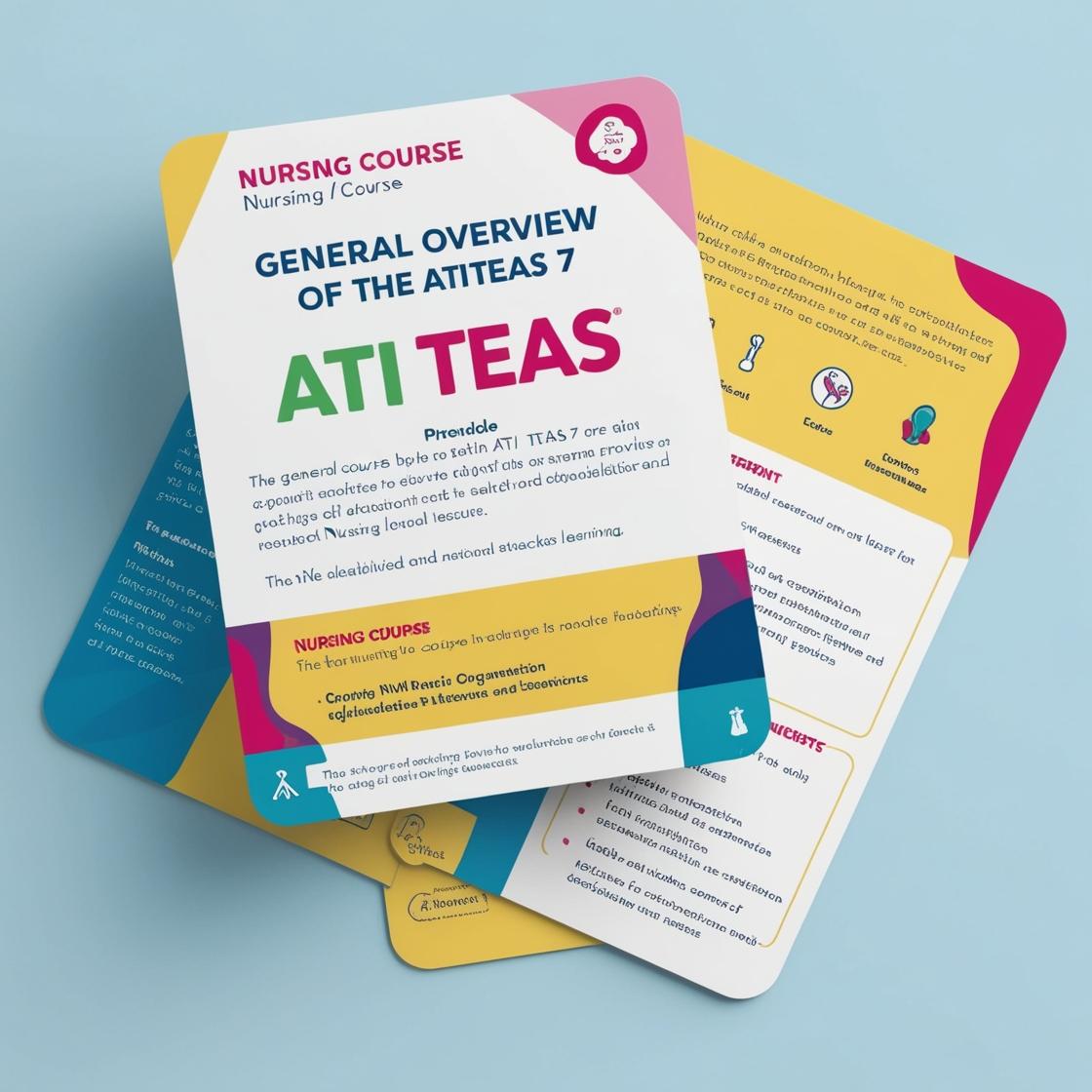ATI TEAS 7
Practice TEAS Test Reading
1. Based on the information in the announcement, what might the reader assume about how the university determined the lunch schedule?
- A. The university arranged the schedule based on the department with the most faculty members.
- B. The university checked with the departments to see when the majority of faculty members would be entering the canteen.
- C. The university checked to see when the most faculty members from each department would be entering the canteen.
- D. The university established different times for each department to reduce crowding in the canteen.
Correct answer: C
Rationale: The university determined the lunch schedule by considering when the most faculty members from each department usually enter the canteen. This information is provided in the announcement where it states that the schedules were recommended based on when members of each department should visit the canteen for lunch. Choice A is incorrect because the schedule was not arranged solely based on the department with the most faculty members. Choice B is incorrect as it implies checking with departments about the majority of faculty members entering the canteen, which is not explicitly mentioned. Choice D is incorrect as it simplifies the university's decision-making process, which involved considering the timing of faculty members from different departments entering the canteen.
2. In a lesson on mass media, a teacher is showing commercials and analyzing their hidden messages. Which of the following is an example of a commercial that claims professional authority not supported by evidence?
- A. A commercial selling pain relief featuring a professional basketball player who says he uses the product
- B. A commercial for cold medicine narrated by a man in a doctor's coat
- C. A commercial for a new toy showing footage of children playing happily with it
- D. A commercial for a prepared food with testimonials by real consumers
Correct answer: B
Rationale: The commercial for cold medicine narrated by a man in a doctor's coat is the correct answer. This commercial claims professional authority without providing any evidence of the narrator's credentials. While the man may appear to be a doctor with his coat, there is no proof that he is actually a medical professional or that the product is recommended by experts. This lack of evidence can mislead consumers by giving the product an air of legitimacy and credibility without factual support. Choices A, C, and D do not fit the criteria as they involve a professional athlete endorsing a product, children enjoying a toy, and real consumers providing testimonials respectively.
3. Which statement is not a detail from the passage?
- A. Promoters of dietary supplements can make any claims that are supported by research.
- B. GMP requirements for large manufacturers went into effect in 2008.
- C. The FDA regulates dietary supplements in the same way as prescription medications.
- D. Consumers should research supplement claims before making a purchase.
Correct answer: A
Rationale: The statement "Promoters of dietary supplements can make any claims that are supported by research" is not a detail from the passage. The passage mentions that manufacturers, not promoters, can make claims supported by research. The primary focus is on the regulations and manufacturing standards for dietary supplements. Choice B is a detail from the passage as it mentions the GMP requirements for large manufacturers going into effect in 2008. Choice C is incorrect as the passage states that FDA regulations for dietary supplements are not the same as those for prescription medications. Choice D is also supported by the passage, emphasizing that consumers should research supplement claims before making a purchase to ensure accuracy and safety.
4. What is the meaning of the word deceptive as it is used in the fifth paragraph?
- A. misleading
- B. malicious
- C. illegal
- D. irritating
Correct answer: A
Rationale: In the context of the fifth paragraph, the word 'deceptive' is used to describe actions that are misleading or giving a false impression. It does not directly imply malice, illegality, or irritation, but rather that the actions are meant to mislead or deceive others. Choice A is correct as it aligns with the definition of 'deceptive' in this context. Choice B, 'malicious,' implies a deliberate intent to harm, which is not necessarily conveyed by the term 'deceptive' in this paragraph. Choice C, 'illegal,' does not capture the essence of misleading actions without specifically addressing the legality aspect. Choice D, 'irritating,' is unrelated to the meaning of 'deceptive' as used in this context.
5. What is the primary purpose of the passage?
- A. Analyze an interesting feature of American cinema.
- B. Refute the Western paradigm.
- C. Suggest a way to improve war movies.
- D. Suggest that viewers think critically about underlying assumptions in the movies we watch.
Correct answer: D
Rationale: The primary purpose of the passage is to suggest that viewers think critically about the underlying assumptions in the movies they watch. It discusses how American war movies often conform to a Western paradigm and urges readers to analyze these portrayals and question the messages being conveyed. Choice A is incorrect because the passage does not focus on analyzing an interesting feature of American cinema but rather on prompting critical thinking. Choice B is incorrect as the passage does not aim to refute the Western paradigm but rather to highlight its influence on American war movies. Choice C is incorrect as the passage does not suggest a way to improve war movies but rather encourages viewers to be more mindful and aware of the underlying assumptions in the movies they consume.
Similar Questions

Access More Features
ATI TEAS Premium Plus
$150/ 90 days
- Actual ATI TEAS 7 Questions
- 3,000 questions with answers
- 90 days access
ATI TEAS Basic
$99/ 30 days
- 3,000 Questions with answers
- 30 days access
